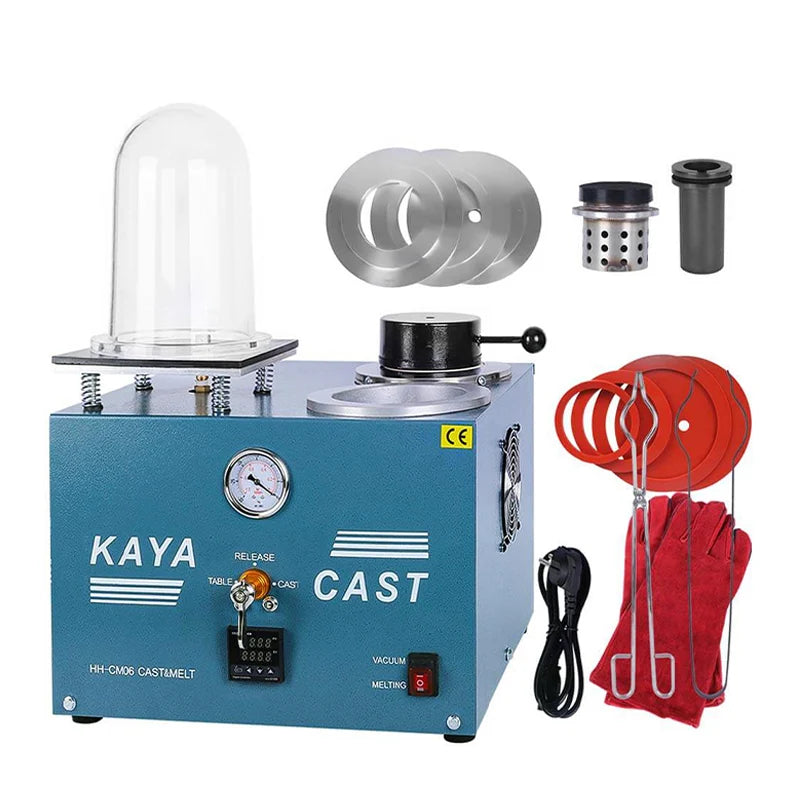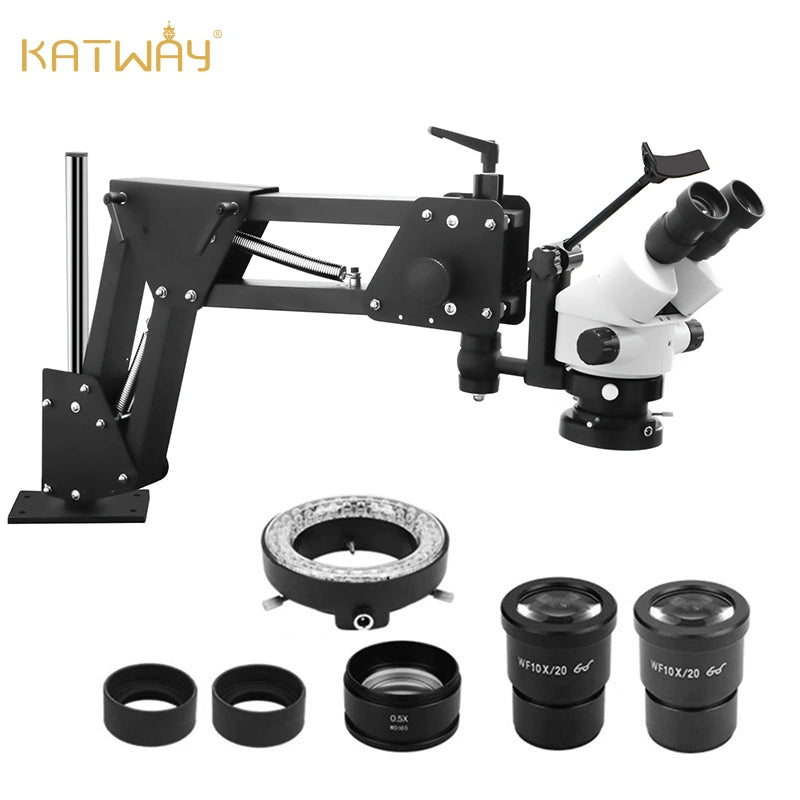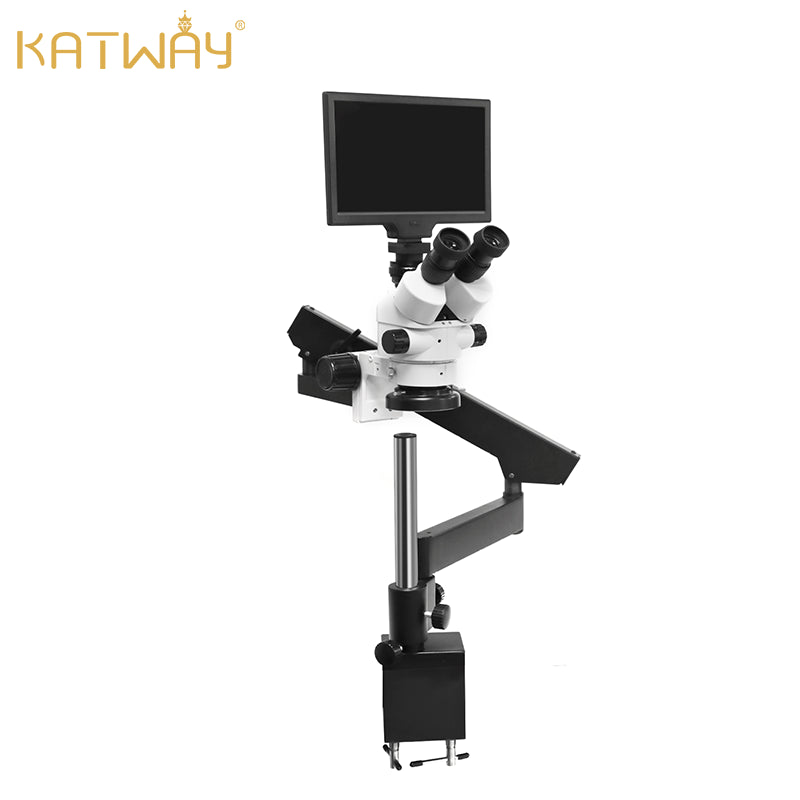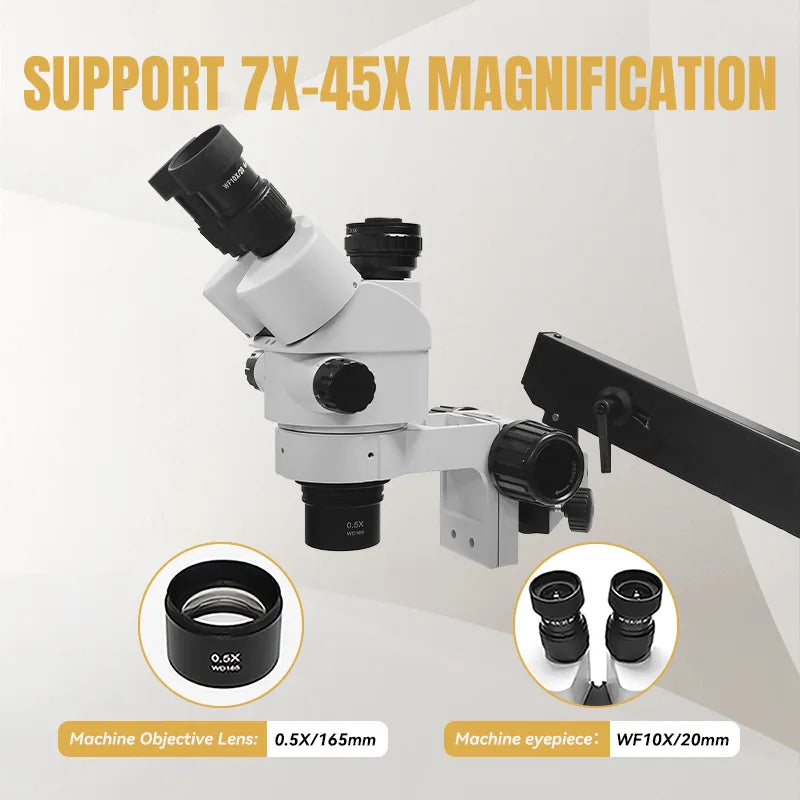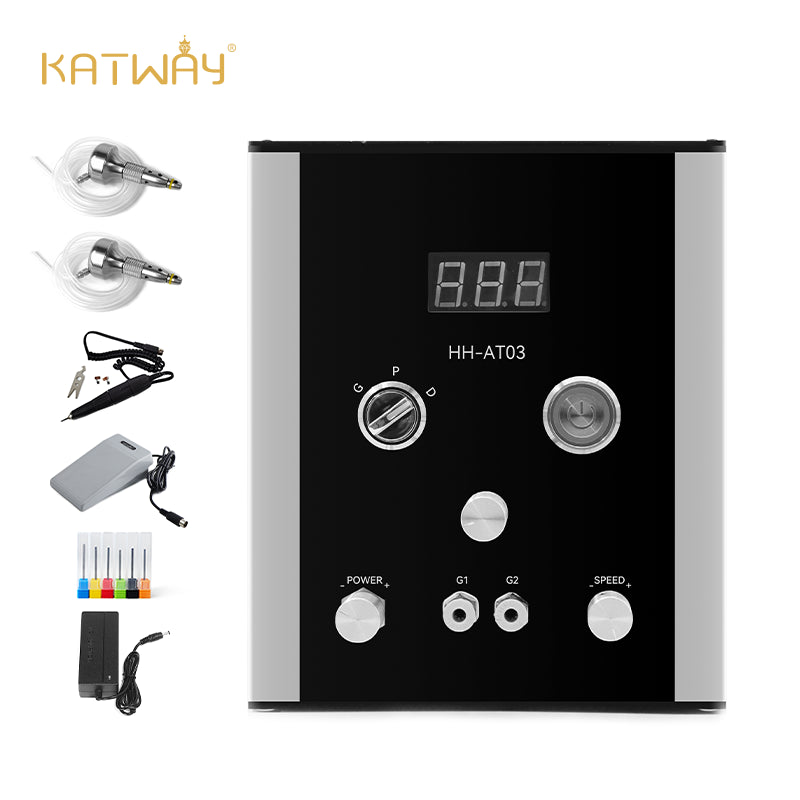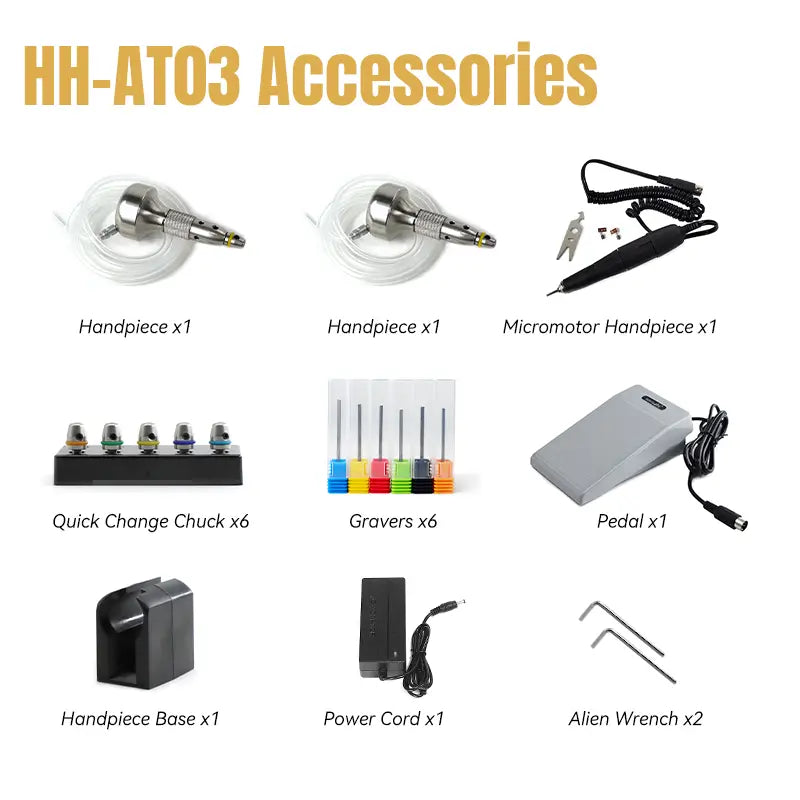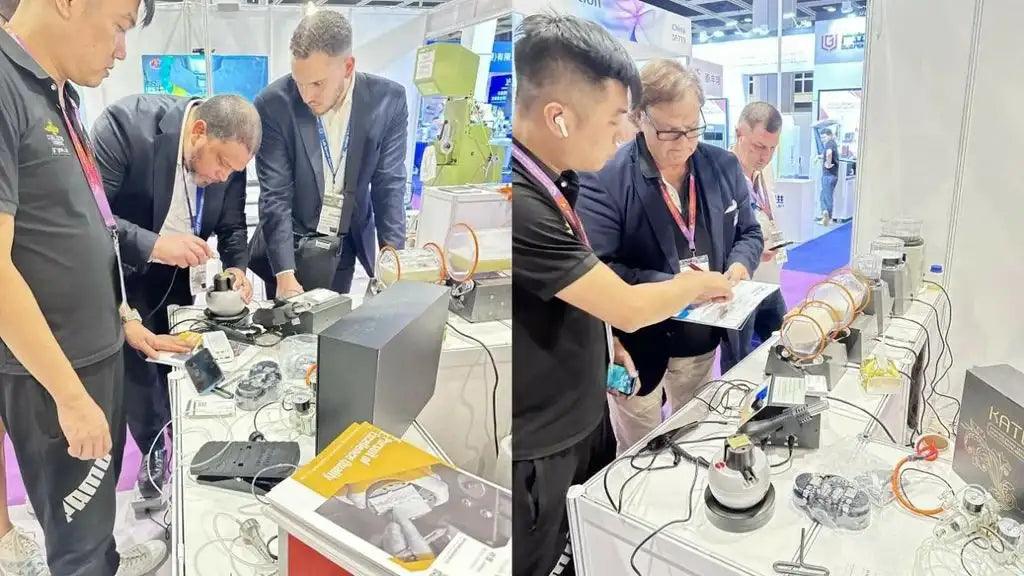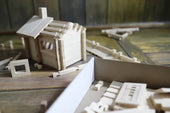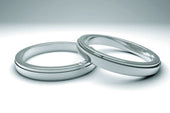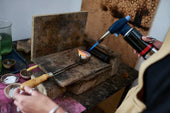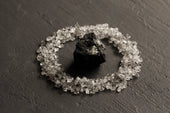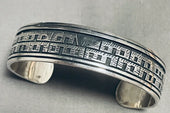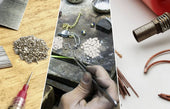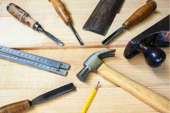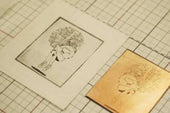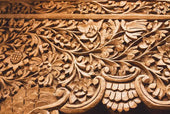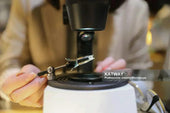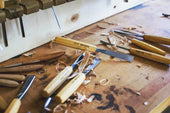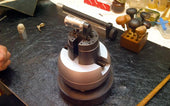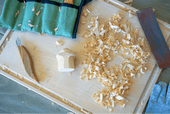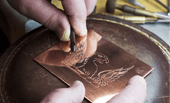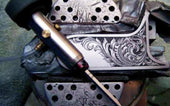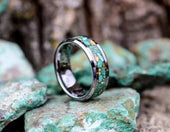How Vacuum Casting Enhances Precision in Jewelry Manufacturing
When it comes to fine jewelry, precision is an absolute must. Whether creating an exquisite engagement ring or an intricate pendant, casting methods are an important technique for achieving fine details, maintaining material integrity, and creating consistent pieces. With traditional casting methods, surface imperfections, incomplete filling, and internal porosity are inevitable. But as modern jewelry designs become more complex and customer expectations continue to rise, manufacturers and artisans are turning to advanced casting techniques to meet these challenges. Among them, vacuum casting technology has emerged as a powerful solution that can improve precision, reduce defects, and enhance the quality of the finished product. In this article, we will explore how vacuum casting works and its importance in jewelry production.
What Is Vacuum Casting?
Vacuum casting is a precision casting method that uses a controlled vacuum environment to improve the quality and accuracy of metal castings. In the context of jewelry manufacturing, it is most often used in conjunction with the lost-wax casting process, where a wax model of the jewelry piece is embedded in an investment mold and later replaced with molten metal.
Unlike traditional open-air casting—which relies solely on gravity or centrifugal force to fill the mold—vacuum casting introduces a vacuum chamber to eliminate air bubbles and trapped gases during both the investment and metal pouring stages.
Here’s how the vacuum casting process typically works in jewelry production:
- Wax Model Creation: A detailed wax replica of the jewelry piece is created.
- Investment & Vacuum De-Airing: The wax model is encased in a special investment plaster. The mold is placed in a vacuum chamber to remove air bubbles trapped in the investment material, ensuring it flows smoothly around the wax model.
- Burnout: The mold is heated in a furnace to burn out the wax, leaving a hollow cavity.
- Metal Melting: Precious metal (gold, silver, platinum, etc.) is melted—usually via induction or resistance heating.
- Vacuum Pouring: The molten metal is poured into the mold under vacuum conditions, allowing the metal to flow completely into the fine details of the mold without air resistance or gas entrapment.
- Cooling and Demolding: Once cooled, the mold is broken away to reveal the cast piece, which can then be finished and polished.
By using vacuum during critical stages of the casting process, jewelers gain greater control over metal flow, mold filling, and surface quality. This results in castings with fewer defects, sharper detail reproduction, and more consistent outcomes—qualities that are especially important for high-end or intricate jewelry designs.
Common Problems in Traditional Jewelry Casting
While traditional casting techniques—such as gravity casting and centrifugal casting—have been used for decades in jewelry manufacturing, they present several technical limitations that can affect the quality, consistency, and efficiency of production. Here are the most common challenges associated with traditional jewelry casting:
Porosity and Air Inclusions
One of the most prevalent defects in conventional casting is gas porosity—small voids or bubbles trapped within the metal. These can form due to air entrapment during metal pouring or from gas released by the mold or molten metal itself. Porosity weakens the structure of the jewelry and often becomes visible during polishing or stone setting.
Incomplete Filling of Molds
Highly detailed designs, thin sections, and undercuts can be difficult to cast using gravity alone. The lack of positive pressure or vacuum assistance can result in short fills, where parts of the design are missing or malformed. This is particularly problematic in modern jewelry that features filigree, lattice work, or fine texture.
Surface Defects and Oxidation
In open-air environments, molten metal is exposed to oxygen, which can lead to oxidation on the surface of the casting. This results in a rougher texture, tarnishing, or discoloration—especially with silver or copper-containing alloys. Surface impurities may also increase the time and labor needed for post-casting finishing.
Material Waste and Rework
Due to the higher occurrence of casting defects, traditional methods often result in a greater percentage of scrap or rework, especially when producing complex pieces. Each failed casting represents wasted time, labor, and precious materials.
Inconsistent Results
Without advanced control over mold filling and solidification, traditional methods can produce variable results, even when casting multiple pieces of the same design. This inconsistency poses a risk for batch production and brand reputation.
Because of these issues, jewelers are in urgent need of a more reliable and controlled casting process, especially for jewelers who are committed to providing high-quality, repeatable results. Next, we will explore how vacuum casting directly addresses these issues, thereby significantly improving quality and efficiency.
How does Vacuum Casting Work
Eliminating Porosity and Air Bubbles
Vacuum casting, as the name implies, involves drawing a vacuum through a vacuum casting machine, which effectively removes air or gas trapped in the material. This produces a denser, stronger metal casting, minimizes porosity, and reduces internal defects.
Ensuring Complete Mold Filling
Intricate jewelry designs often contain narrow channels, sharp angles, and complex textures that are difficult to cast using gravity alone. Without sufficient pressure or vacuum support, molten metal may not reach all parts of the mold, resulting in incomplete or distorted pieces. Vacuum casting creates a pressure differential that helps “pull” the metal into every fine detail of the mold, ensuring accurate reproduction of even the most delicate patterns.
Reducing Oxidation and Surface Defects
When molten metal is exposed to oxygen, it can oxidize, leading to surface discoloration or increased roughness. This is especially problematic with silver, which tarnishes easily, or with alloys that include copper. Because vacuum casting reduces the amount of oxygen in the casting chamber, it helps limit oxidation. The result is a cleaner, smoother surface that requires less post-casting finishing.
Lowering Material Waste and Rework
Inconsistent results and casting defects often mean wasted metal, time, and labor. With traditional methods, rejected pieces must be re-melted or manually repaired, which is inefficient and costly—especially when working with precious metals. Vacuum casting dramatically improves the success rate of each pour, reducing the need for scrap recovery and minimizing rework.
Improving Consistency and Repeatability
For jewelers producing multiple copies of the same design, consistency is critical. Small variations between castings can affect aesthetics, fit, and perceived quality. Vacuum casting offers greater process control, ensuring that each piece comes out with the same level of precision. This reliability is essential for batch production, brand reputation, and client satisfaction.
Is Vacuum Casting Right for Your Studio?
While vacuum casting offers clear technical advantages, adopting the technology requires careful consideration of your studio’s production goals, budget, and technical capacity. It is not a one-size-fits-all solution, but for many jewelers—especially those focused on precision and repeatability—it can represent a significant upgrade in capability.
Studio Size and Output Volume
Vacuum casting systems are particularly beneficial for small to medium-sized workshops that produce complex or high-value pieces where quality control is paramount. If your studio frequently handles intricate custom designs, stone-set components, or small production runs, vacuum casting can reduce rework and material loss, justifying the upfront investment.
Design Complexity
Designers working with highly detailed CAD models, delicate structures, or unconventional forms will find vacuum casting essential for achieving accurate reproduction. Traditional methods may struggle with such complexity, especially in thin or finely textured areas, where vacuum assistance can make a noticeable difference.
Material Considerations
Studios casting a wide range of precious metals—including platinum, which has a high melting point and requires controlled casting environments—can benefit from vacuum systems that support consistent performance across different alloys.
Technical Resources and Training
While modern vacuum casting machines are increasingly user-friendly, they still require familiarity with process parameters such as mold preparation, burnout cycles, and casting temperatures. Studios with trained technicians or a willingness to invest in skill development will achieve better, more consistent results.
Return on Investment
For studios experiencing high rates of casting defects, surface issues, or time-consuming finishing work, the efficiency gains from vacuum casting can offset equipment costs over time. Fewer failed castings and less manual correction translate directly into savings in labor, materials, and turnaround time.
In summary, if your studio prioritizes precision, works with fine or complex designs, or aims to reduce casting-related waste and rework, vacuum casting is likely a worthwhile upgrade.
How to Choose a Vacuum Casting Machine
While many models work in similar principles, their features, capacities, and levels of automation can vary widely. It’s important to understand your specific needs before you buy. This will help you choose a system that matches your workflow, design goals, and production output. Here are some factors you need to consider:
Chamber Size and Casting Capacity
One of the first considerations is the size of the vacuum chamber and the maximum volume of metal it can handle per cycle. For studios producing multiple pieces per batch or working with heavier designs (e.g., pendants, bracelets, multi-stone rings), a larger capacity machine ensures better throughput. Smaller machines may be more compact and affordable, but can limit efficiency if batch sizes increase.
Metal Compatibility and Melting System
Ensure the machine supports the full range of metals you plan to cast—especially if you work with high-melting-point materials like platinum or palladium. Induction heating systems are generally more precise and faster than resistance coils, offering better thermal control and cleaner melts. A programmable temperature controller with alloy-specific presets can simplify operation and reduce error margins.
Vacuum Performance and Cycle Control
A strong vacuum pump and stable vacuum cycle are essential for removing air from both the investment mold and the casting chamber. Look for machines that offer dual-stage vacuum (for both de-airing and casting) and allow control over timing, pressure levels, and cooling profiles. Consistency in vacuum strength is key to achieving repeatable, defect-free results.
Automation and User Interface
Modern vacuum casting machines often feature digital touchscreens, pre-set programs for common materials, and alerts for maintenance or error conditions. For small teams or jewelers without full-time technicians, ease of use can make a significant difference. Some advanced models even include remote monitoring, casting logs, or step-by-step guided modes.
Build Quality and Safety Features
Durability matters—especially when working with molten metals at high temperatures. Choose machines constructed with heat-resistant, corrosion-proof materials, and certified electrical components. Safety features such as auto shut-off, overheating protection, and emergency release mechanisms should be standard, especially in environments with limited supervision.
Support, Training, and Service
Reliable customer support and access to training resources are often overlooked but extremely valuable. A supplier that offers technical training, spare parts availability, and post-sale service can greatly reduce downtime and learning curves, particularly when integrating new technology into existing workflows.
Budget and Long-Term Value
While price is an important factor, think in terms of total cost of ownership—not just initial investment. A more expensive but robust and efficient machine can pay for itself over time through reduced casting errors, less rework, and improved labor efficiency.


